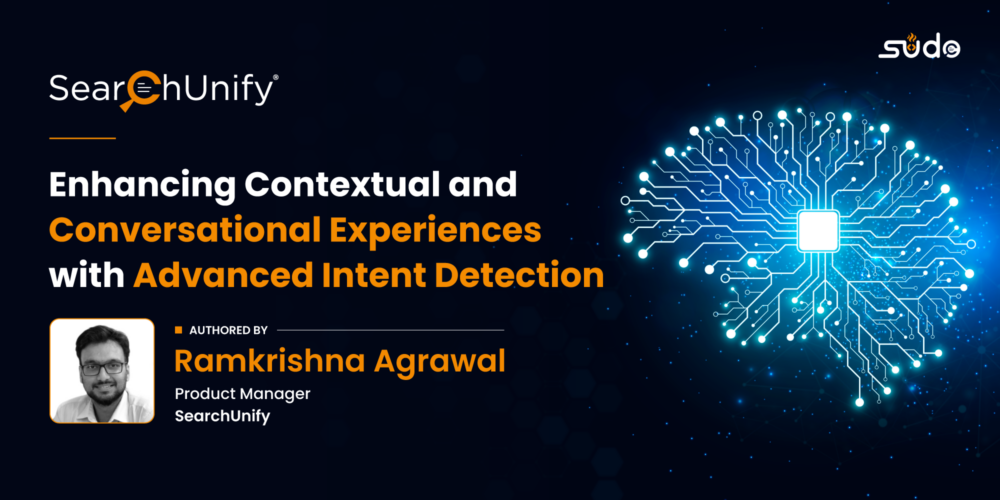
Imagine this: You’re swamped with emails, your phone keeps buzzing, and you just need a moment. You sigh and mutter, “I need a breather.” Wouldn’t it be amazing if your virtual assistant understood what you really meant and dimmed the lights, and started playing a calming playlist while suggesting a quick meditation session?
That’s the power of intent detection. It’s like your AI assistant can read your mind (almost!). Instead of just responding to your exact words, it can pick up on the feeling behind them.
This is a game-changer, especially for customer service. Did you know companies using AI assistants see a whopping 75% jump in self-service resolution rates? That’s a win-win for everyone – happier customers and less stress for support teams. So, how does this wizardry work? Let’s delve in!
Exploring Common Intent Detection Techniques

There are a few different ways AI assistants can figure out what you’re really trying to say. Here’s a quick rundown:
- Supervised Learning: In this approach, labeled training data comprising user queries and their corresponding intents are utilized to train a machine learning model, such as Support Vector Machines (SVM), Naive Bayes, or Neural Networks. The model learns to accurately predict intents based on new, unseen queries by recognizing patterns and relationships between input features and output labels through the training process, enabling effective intent detection in various applications.
- Unsupervised Learning: Unsupervised learning techniques, such as clustering algorithms (e.g., K-means clustering) or topic modeling (e.g., Latent Dirichlet Allocation), can be employed to automatically identify patterns and group similar queries into intents without the need for labeled data. By analyzing the inherent structure and characteristics of the data, these methods enable the discovery of hidden patterns and relationships, facilitating efficient intent detection in scenarios where labeled data is scarce or unavailable.
- Semi-supervised Learning: This approach combines elements of both supervised and unsupervised learning, where a small amount of labeled data is supplemented with a larger amount of unlabeled data to train the model. By leveraging the advantages of both types of data, semi-supervised learning methods enhance the model’s performance and generalization capabilities, effectively addressing the challenges posed by limited labeled data while utilizing the abundance of unlabeled data to improve the model’s understanding of the underlying patterns and structures in the data, enabling robust intent detection in diverse contexts.
- Hybrid Approaches: These combine rule-based and machine learning-based techniques to leverage the strengths of both approaches. For example, rule-based systems can be used to handle common or specific cases, while machine learning models can handle more complex or ambiguous queries.
- Neural Network-based Approaches: Deep learning models like Recurrent Neural Networks (RNNs), Convolutional Neural Networks (CNNs), or Transformers, can be utilized for intent detection tasks. These models are capable of learning complex patterns and representations from raw text data, leading to potentially higher accuracy.
- Transfer Learning: Imagine learning French and then finding it much easier to pick up Spanish. Transfer learning operates on a similar principle. Leveraging pre-trained language models like BERT can expedite the process of understanding your intent, especially in specific domains. These pre-trained models act as a springboard, allowing VAs to adapt its knowledge to new contexts with greater efficiency.
You might also like our on-demand webinar “Let’s Fix Chatbots: Generative AI, Can You Help Me?”
Introducing SUVA—Your Go-to Intent Detective!

In the world of conversational AI, intents and utterances play a vital role. “Intent” refers to the goal or purpose behind a user’s input, such as a query or command. “Utterances” are the written expressions used to convey their intent.
| TERM | DEFINITION | EXAMPLE |
|---|---|---|
| Utterance | The goal or purpose behind a user’s input | “What’s the weather like today?”, “I want to book a flight to New York”, “Can you tell me the capital of France?” |
| Intent | The goal or purpose behind a user’s input | Get weather information, Book a flight, Ask a question |
The SearchUnify Virtual Assistant (SUVA) is manually programmed with five utterances within each intent. This ensures that the responses do not sound robotic and have a human-like touch.
Let’s see how it gives SUVA an edge over the alternatives.
| FEATURES | SUVA INTENT DETECTION | OTHER VIRTUAL ASSISTANTS |
|---|---|---|
| Utterance Handling | Manually programmed with 5 utterances per intent | Relies on identifying keywords within a single utterance |
| Advantages | Natural and human-like conversation flow | Faster development and implementation due to generic responses |
| Drawbacks | Requires a one-time manual effort to define multiple utterances | Prone to misinterpretations due to limited understanding of intent |
| Example | Intent: Book a flight Utterances: “I want to book a flight,” “Can you find me a flight?”, “Is there a flight available?”, “I need to book a trip”, “Could you help me schedule a flight?” | Intent: Book a flight (Single Utterance) Utterance: “Book a flight to Paris” |
Now here comes the fun part, any time a user talks to SUVA and no utterances are triggered, they are automatically registered as “untrained utterances.” This helps in training SUVA with LLMs later on.
Let’s take an example of a conversation with SUVA that gets transferred to a live agent, due to the lack of valid intents or utterances. This conversation will be used to update the intents and utterances so similar cases don’t have to get routed going forward.
This intent detection loop is only closed when SUVA creates its own knowledge using synthetically created responses.
Thus, ensuring seamless intent detection in every scenario.
Take the SUVA Free Demo Today!
Did you know that SUVA can help boost your self-service resolution rate up to 75% or more?
Not to forget, it is able to serve from the get-go so no time is wasted training it. However, as it learns from customer interactions, you’ll notice this savvy VA getting increasingly adept at its functions.
If that is something you’re looking for, in order to amplify your CX, hop on the SUVA bandwagon today with a free trial!
Also, feel free to deep dive into SUVA features in an immersive video series here.










